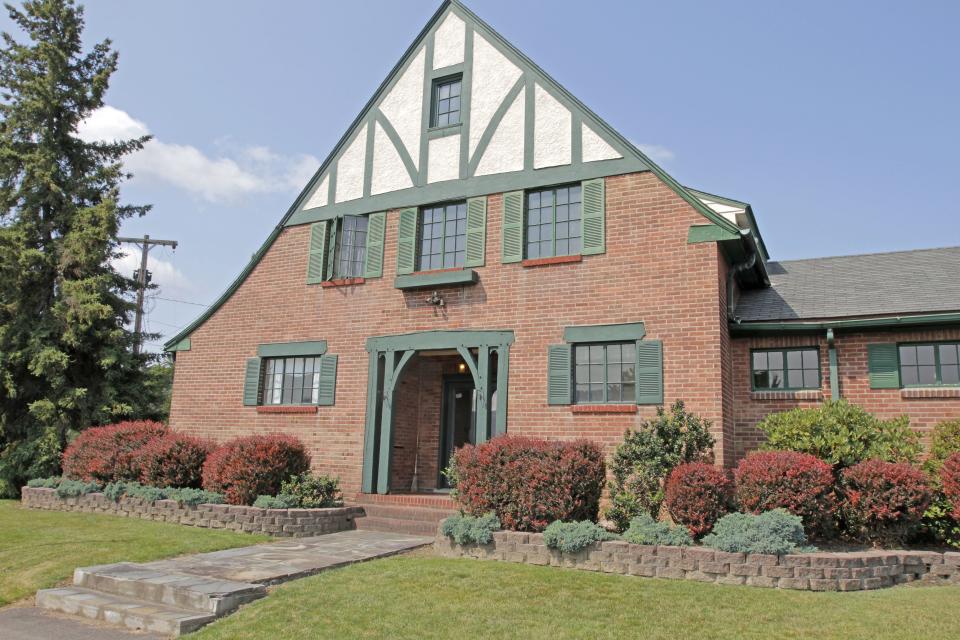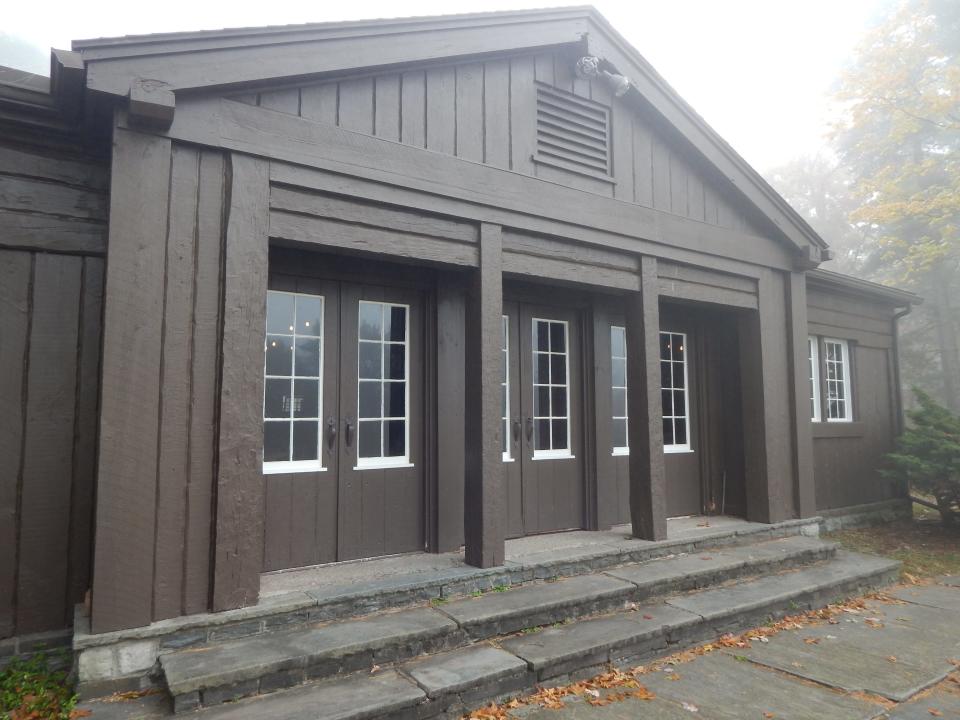How the New Deal impacted the Elmira area with a wave of construction projects
The Great Depression of the 1930s resulted in the New Deal to fight its effects. Notable about the New Deal was the creation of an alphabet soup of programs funded by the federal government to put people to work.
The Star Gazette reported on July 13, 1939 that, “about 1.5 million dollars, with a federal contribution of more than 50% is being spent here this year on the biggest public works program in Elmira’s history and about 700 workers are now being employed.”
The WPA (Works Progress Administration), the PWA (Public Works Administration) and the CCC (Civilian Conservation Corps) generated money and labor to fix roads and bridges, work on flood control, build a baseball stadium and a golf course and develop a state park.
In 1935, the City of Elmira signed an application to the WPA for the Newtown Creek flood control project. The estimated $165,000 project had been tentatively approved by the WPA district director and would be forwarded to Washington D.C.
According to the Star Gazette, Aug. 13, 1935, “with the allocation of funds for the project, no obstacles will remain in the way of early work on the extensive job sought for years by Eastside residents who almost annually saw the waters of the treacherous little stream inundate large areas of that section of the city."
In December of 1935 Miss Edith Thompson of 102 East Hudson St., retiring Ninth Ward Supervisor, was appointed director of the Women’s Division, 10th District for the WPA. All projects employing women would be under her jurisdiction.
Approximately 10,000 women were employed across the state by the WPA and they were to be paid at the same rate as men. It was noted that in “Chemung County the men’s monthly rates are: unskilled $52.80; semi skilled $60.50; skilled $77, and technical $77. The majority of the women working will be of the unskilled class.” (Star Gazette, Dec. 2, 1935)
Interestingly, the Newtown Creek flood control project was not without controversy. Approximately 600 workers were assigned and the City Manager complained that the “employment total is now so large the superintendent ‘needs an airplane’ to review all the workers …” (Star Gazette, Dec. 10, 1935).
The result was cutting the hours of work and pay leading workers to complain that the pay of $39.60 a month was less than they received on relief. The WPA response was that the city was not providing enough projects.

Additional projects did emerge. There was a $140,000 PWA supplementary sewer project, the building of a new Dunn Field Stadium for $100,000, construction of the George Washington and Riverside Schools for $880,000 and $272,000 for a new Madison Avenue Bridge. The development of the Mark Twain Golf Course in 1939 was a key city project in cooperation with the WPA.
“The labor factor is the one and only reason why the City of Elmira is offering its citizens a first class golf course … as many as 250 men have been employed at the golf course in the summer months. (Star Gazette, May 26, 1939)
Around Memorial Day of 1935 construction on a Civilian Conservation Corps camp near Lowman was begun and completed in July. It was being built by approximately “200 Negro registrants.” (Star Gazette, May, 27, 1935).
The CCC was created in 1933 to provide work for young men ages 18-25 and veterans of WWI. The men were organized into companies of up to 200 men who were provided with room and board and $30 per month of which $25 was to be sent home. The men worked an eight-hour shift, with leisure time of eight hours, and then sleep.
The CCC was segregated. The companies made up of African Americans had white officers and a letter “C” designating “colored” (sic) after their number.
The company assigned to Newtown Battlefield was Company 1251C. In addition to planting trees, building roads and managing drainage, they built cabins, the washroom, created the picnic pavilion and built the lodge, which local commentator J.D. Iles of Hidden Landmarks has called “one of the best preserved CCC buildings in the United States.” The lodge was constructed from wood cut and milled on site. The furniture was handmade and remains at the lodge today.

This CCC project is significant for another reason. I will cite from HMdb.org (The Historical Marker Database):
“Newtown Battlefield Reservation has a special place in the history of African Americans’ struggle for equality in the United States. When 180 young African American men of the Civilian Conservation Corps (CCC) Company 1251-C arrived to work on improving the park in August 1935, all of the company’s officers were white. Officers for CCC camps were drawn from the United States Army, which actively opposed appointing African Americans as company commanders.
"But as President Roosevelt ran for reelection in 1936, the criticism of a few congressmen, the National Association for the Advancement of Colored People (NAACP), and others led to two groundbreaking exceptions. One was at Gettysburg in Pennsylvania; the other was here at Newtown Battlefield Reservation where Company 1251’s white officers were quietly replaced with three African Americans in June 1937.”
It should be noted that while there had been good coverage of the camp by the Star-Gazette of the camp and indeed on its white officers, no mention of this change in command was reported. Just months afterwards Company 1251C was relocated to another area of New York and the camp was shut down. Until its end in 1942 the CCC never appointed African American officers to the command of another company.
A footnote to this article: the figures used for the number of men employed by programs and at the CCC camp differ within the article. It should be noted also that the numbers do vary in the source material.
— Jim Hare writes a monthly history column.
This article originally appeared on The Evening Tribune: Elmira New Deal programs created stadium, golf course, flood control

